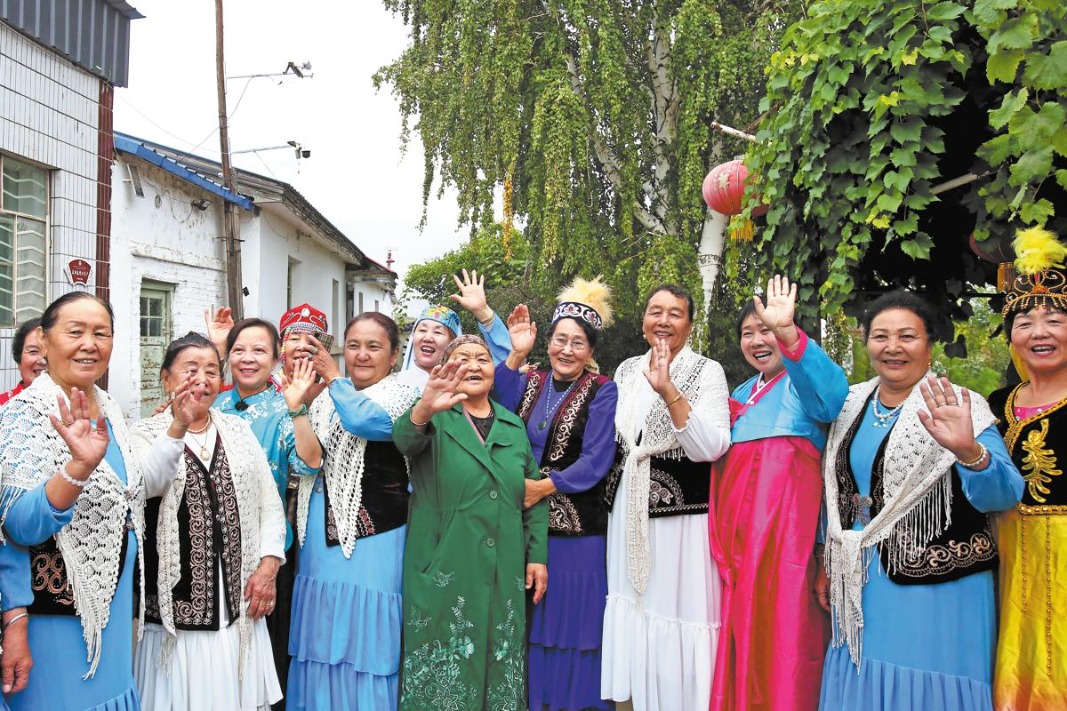'Rebound' in birth rate a temporary phenomenon


The recent announcement that there has been a "rebound" in the birth rate in certain areas of the country has evoked an animated response in some circles. Between January and June 2024, the number of live births in Guangdong province increased by 1.4 percent year-on-year. Places like Qingdao in Shandong province, Tianmen in Hubei province, Baoji in Shaanxi province and Alxa League in the Inner Mongolia autonomous region, too, reported an increase in the birth rate in the first half of the year.
Given the declining birth rate nationwide, these upticks are seen by some as a glimmer of hope. But what are the reasons behind these localized "rebounds"? Do they indicate a lasting trend or just a temporary blip?
At the heart of this question lies the complex relationship between fertility preferences, cultural values and government policies. One critical factor that may have influenced couples to have a child this year could be China's zodiac culture. The Year of the Dragon being an especially significant year for the Chinese people, many couples, driven by cultural beliefs, may have sought to have a "dragon baby".
The dragon, as a symbol of power, prosperity and good fortune, has a revered place in Chinese culture. Many Chinese emperors wore robes adorned with dragons to signify authority, and demonstrate they were descendants of the dragon.
For many couples, the desire to have a "dragon child" could have influenced their fertility decision. This phenomenon may explain why there has been an increase in the birth rate in certain regions. In all probability, the year-on-year increase in the birth rate is likely a short-term phenomenon, driven by the desire to give birth in the "lucky" Year of the Dragon. Once the Year of the Dragon is over, one could witness a return to the longer-term trend of declining birth rates.
From a policy perspective, fertility support measures, though crucial, will not have an immediate effect, let alone reversing the demographic trends.
The "rebound" in the number of births in certain areas, therefore, does not indicate a broader shift in the fertility rates at the national level. In demographic terms, a "rebound" refers to an increase in the total number of births, not necessarily in the average number of children per family.
China recently introduced a series of new birth support policies in a bid to encourage couples to have two to three children each to offset the effects of a rapidly rising aging population. In 2024, the State Council, China's Cabinet, outlined 13 targeted measures to improve childbirth support services, expand the childcare system, strengthen support for children's education, as well as housing and employment, and foster a fertility-friendly society.
But it remains to be seen whether these measures will help raise the fertility rates.
So far, 23 provinces in the country have introduced varying degrees of fertility subsidies, and more than 20 provinces have extended insurance coverage to help improve reproductive health services. But the effectiveness of these policies is still unclear.
The key questions remain: How aware are prospective parents of these policies? Is there a direct link between these measures and their fertility decisions? To evaluate the success of these initiatives, it is crucial to assess their accessibility, affordability and relevance to the needs of families.
Indeed, the introduction of fertility support policies is necessary and important. While it may not immediately reverse the declining birth rate, it can help couples access the benefits of a supportive reproductive environment, contributing to the well-being of families. However, creating a truly fertility-friendly society involves not only financial incentives, but also a cultural shift that supports child-rearing as a valued and meaningful endeavor.
The ultimate goal is to establish a system that raises fertility rates to a sustainable level. To achieve this goal, the government needs to take concrete steps to provide economic incentives and social policies that make raising children a viable and fulfilling experience for young families.
Only then can China move closer to its goal of achieving a moderate fertility rate that ensures long-term demographic stability.
The author is a professor at the Institute of Population Research, Peking University. The views don't necessarily reflect those of China Daily.
If you have a specific expertise, or would like to share your thought about our stories, then send us your writings at opinion@chinadaily.com.cn, and comment@chinadaily.com.cn.



































